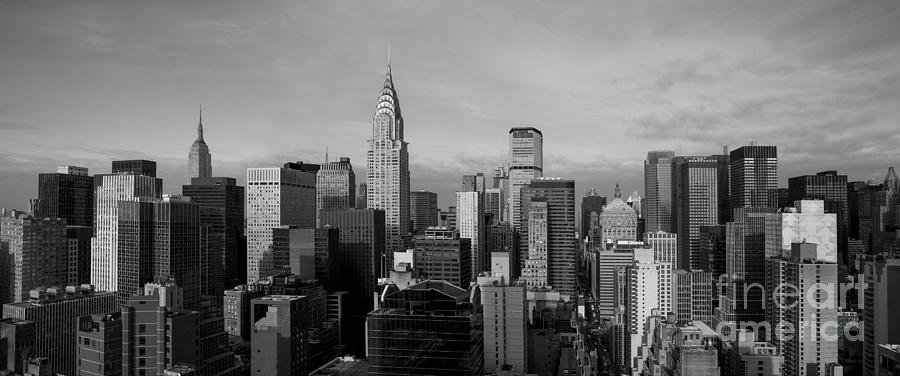

Seen in the background above, it would soon be overtaken by the Empire State Building (foreground), which was nearing completion. The Chrysler Building was completed in 1930 and at 1,046 feet (319 m) was both New York and the world’s tallest building at the time. … the Chrysler Building had an ace up it’s sleeve and with the installation of its famous needle took the crown as king of skyscrapers. The building stood at 71 floors and 927ft and was briefly the world’s tallest building, however… The Bank Of Manhattan building on its completion in Autumn of 1929 (below). The Chrysler Building nears completion (September 1930). Craig Severances announced the construction of the 67 story Bank Of Manhattan building at 40 Wall Street, while Allen announced he would be designing a 65 story building on the northeast corner of Lexington Avenue and 42nd Street for Chrysler Motor Company.Ĭonstruction begins on the Chrysler Building (1928). Craig Severances, who had previously been partners, dissolved their partnership and resolved to build New York’s highest skyscraper.

In 1928, two architects William Van Allen and H. Here it is on its completion in June 1929. 1928.Ĭonstruction of the 40 story New York Central building in May 1928. While it is lower than the Woolworth building, it is the tallest building in midtown Manhattan and stands at 56 stories. With the race for the sky quickening pace in 1928, the 680ft tall Chanin building opens on the soutwestern corner of Lexington Avenue and 42nd Street. View across the East River, taking in Manhattan and Brooklyn bridge (1928). The construction of the Morgan building can be seen in the centre, alongside the new Standard Oil building. Lower Manhattan looking northeast from the Bay. Voorhees, Gmelin and Walker, 1926Īnother Art Deco building, The Paramount Building, also opened in 1926 and boasted an observation tower where observers could look out across the evolving New York skyline. The New York telephone building (below) was one of the first Art Deco buildings to be opened. Art Deco is based on mathematical geometric shapes and is influenced by the “primitive” arts of Africa, Ancient Egypt, and Aztec Mexico. Park Avenue’s first large skyscrapers, such as the 45 story Ritz tower (below) were completed in 1925.ġ926 sees the completion of New York’s first Art Deco buildings. This view of midtown Manhattan looking southeast from Central Park was taken in May 1925. The race for the sky is well underway and with the zoning law in effect, the massive tiered skyscrapers start to dominate the skyline. View of the Lower Manhattan skyline looking South West across the Brooklyn Bridge (1924).Īerial view of lower Manhattan (1924). The construction of the 30-story Standard Oil Building (a wedding cake style skyscraper) can be seen at center. The 24-story Neogothic style Bush Tower,built on 42nd Street between 19. The wedding cake, tiered art Deco skyscrapers of the 1920s and 1930s are a direct result of this resolution. While the resolution did not restrict height, it established limits in building massing at certain heights and restricted towers to a percentage of lot size. In 1916 the Zoning Resolution was passed to stop buildings such as the Equitable Building (below, behind Trinity church) from preventing light and air reaching the streets below. Here it is profile in a Library of Congress shot dated between 19. Again the Woolworth building is prominent and it remained New York’s tallest skyscraper until 1930. The Woolworth Building (center-right), constructed in 1913 and standing at a height of 241m is the tallest building both in shot and in New York at the time. Join us on a journey through the history of New York’s skyline.įrom the first skyscrapers, through the accelerating ‘race for the sky’ of the 1920s and 30s and right up to the present day.īrooklyn Bridge, East River and Lower Manhattan skyline (c 1915). The Manhattan skyline is one of the world’s most iconic views, inspiring photographers and filmmakers for generations.


 0 kommentar(er)
0 kommentar(er)
